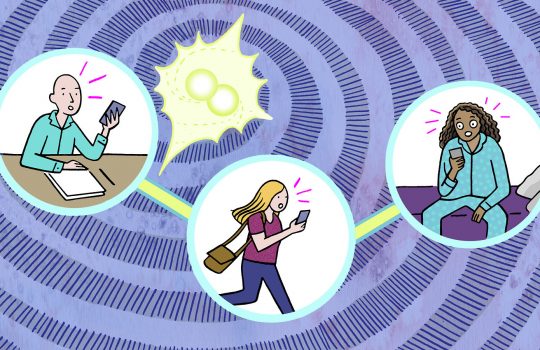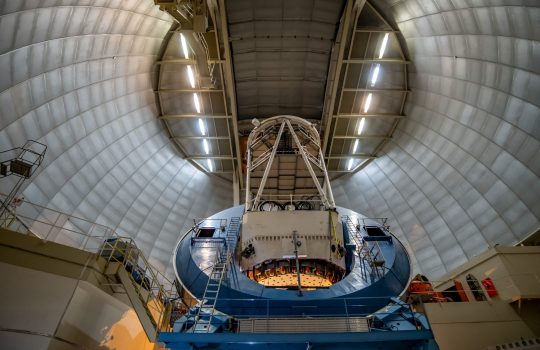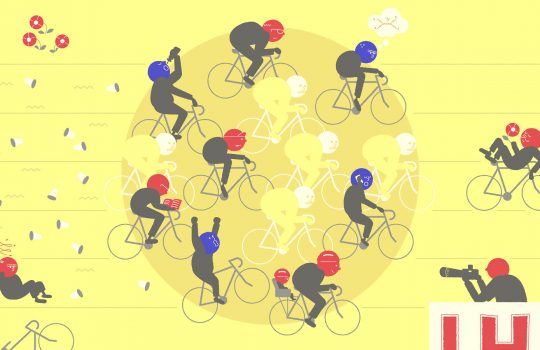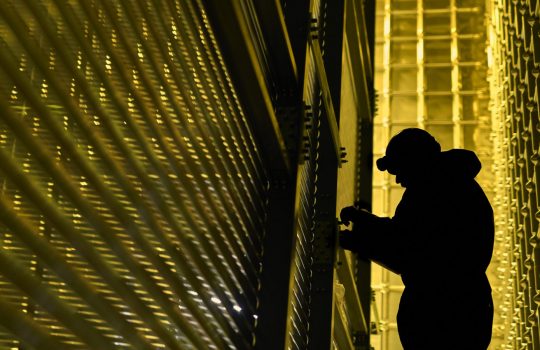Fermilab highlights FAPESP’s support for DUNE
- Brazil
- Deep Underground Neutrino Experiment
- DUNE
- international relations
- internationality
- LBNF
- Long-Baseline Neutrino Facility
- neutrino
From Agencia FAPESP, Aug. 8, 2018: A longstanding partnership between the Brazilian scientific community and Fermilab is getting stronger, thanks in part to FAPESP’s research funding programs.




